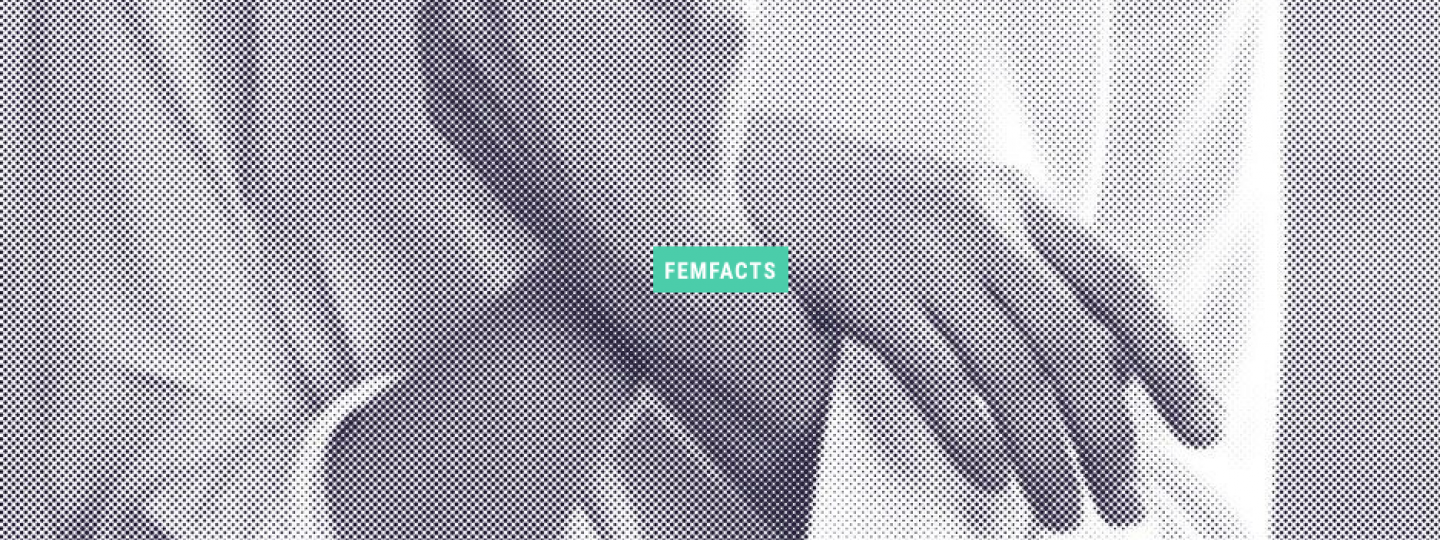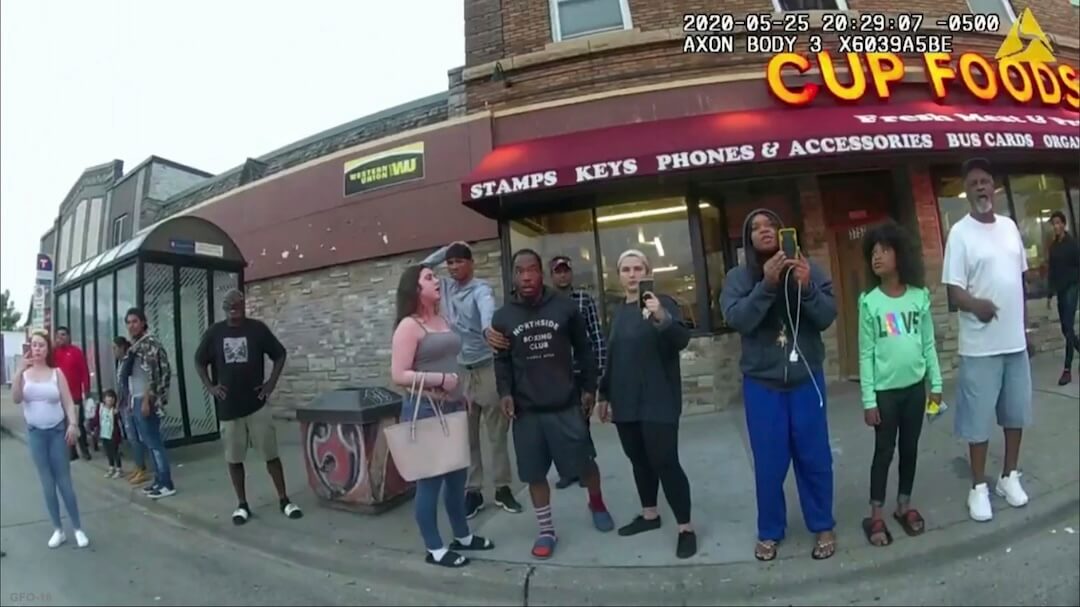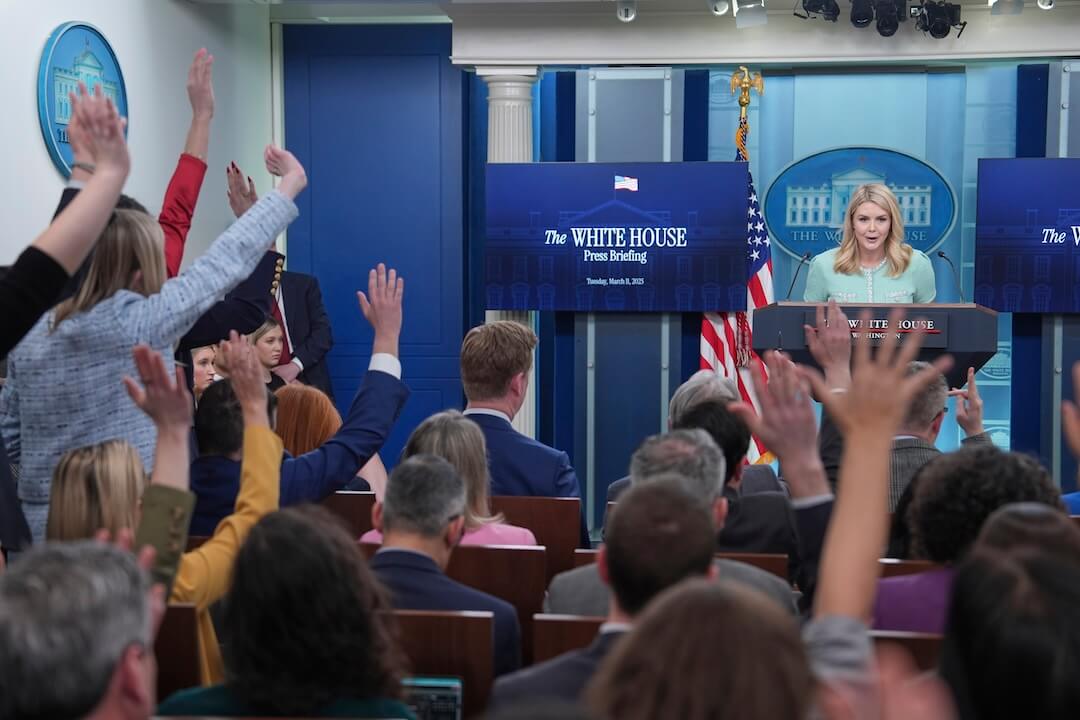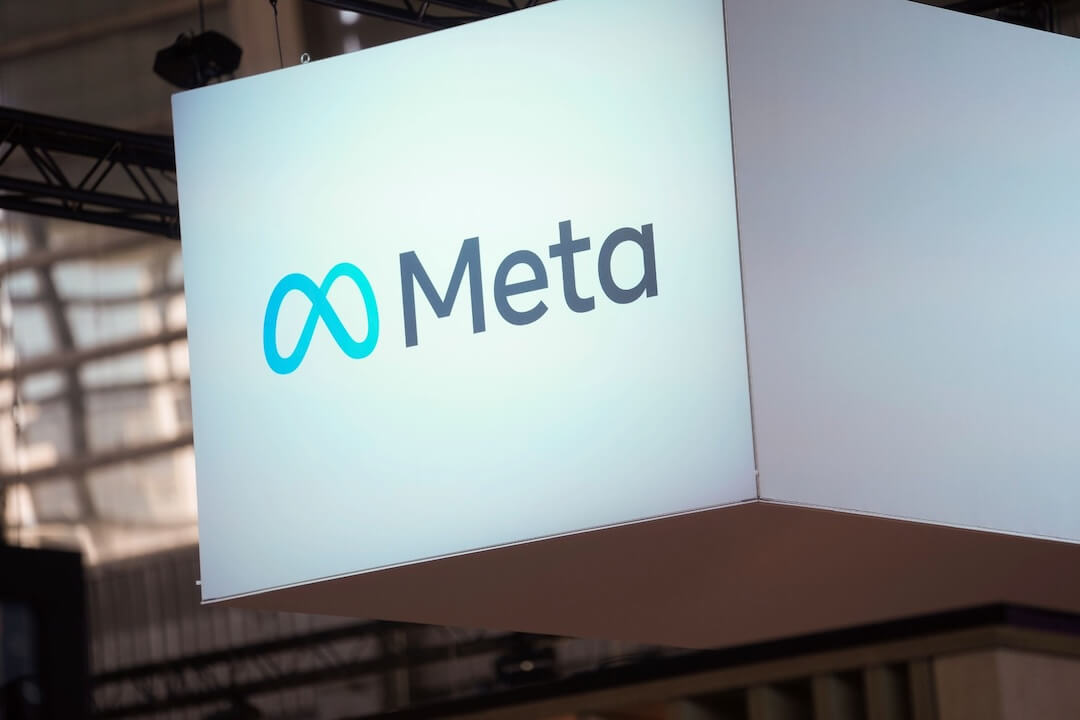The project started as a way to give women more of a voice in the European media landscape. Now, it’s going after false claims and online misinformation about gender issues.
FemFacts is aimed at tackling some of the false narratives about women published by European media. An outgrowth of NewsMavens, a website that rounds up news that women at top media brands think is important, the initiative is publishing original fact checks from a growing team of freelance contributors.
“It was envisioned as a way to counterbalance the dominant male perspective in editorial boards across Europe,” said Tijana Cvjetićanin, research coordinator for Bosnian fact-checking site Istinomjer and editorial lead of FemFacts, about NewsMavens. “Even if women make a huge part of the journalism workforce, they’re very underrepresented in the editorial boards.”
The fact-checking component started growing a few months ago, when NewsMavens editor in chief Zuzanna Ziomecka reached out to Cvjetićanin. Ziomecka said she wanted to start debunking false and misleading representations of women in the media and asked Cvjetićanin the best way to do that.
While she borrowed from Istinomjer’s (Truth-O-Meter) methodology when building out FemFacts, Cvjetićanin said the project is a little broader than a typical fact-checking outlet.
“We’re not just going to track false news, but also try to have a more nuanced approach to finding stuff like manipulated presentation of facts: misinformation that’s not false, but skewed,” Cvjetićanin said. “It has something that — I wouldn’t call it bias — but a certain standpoint where it starts from, which is that women and men are equal and you should not work against that premise.”
RELATED ARTICLE: Facts and fact checks about women's rights from around the world
So far, FemFacts has covered misconceptions about a Council of Europe convention on violence against women and a social media blackout campaign. Its rating scale is more qualitative than a typical fact-checker, with labels such as “fake news,” “clickbait,” “pseudoscience” and “spin.”
And with a growing staff of contributors, as well as funding from the Google News Initiative and the European Commission, Cvjetićanin said she hopes to broaden FemFacts’ coverage to include fact checks about LGBTQ people, refugees and other marginalized groups.
“Every marginalized group is basically a target of some kind of misinformation. We also want to take that into consideration within this project,” she said. “I imagine that a lot of marginalized groups, like transgender, gay and lesbians, are going to appear a lot in our articles as well. Anti-feminist backlash is connected to these agendas — it kind of intersects with racism as well.”
FemFacts is one of at least two fact-checking projects that has launched over the past year with the goal of elevating women’s voices.
Since it launched in April, El Poder de Elegir has been experimenting with fact-checking in Colombia. Instead of only distributing in-depth text analyses, the project also publishes its findings in videos using GIFs and memes, which it distributes primarily on WhatsApp — a private messaging platform where misinformation has been known to go viral.
The goal: Reach a younger audience that may be less likely to read in-depth fact-checking articles.
Está circulando por WhatsApp una foto en la que se muestra a los integrantes de las FARC con camisetas de Petro. Verificamos esta información y este es el resultado.
Mira este GIF, entérate y comparte. ¡Porque tú tienes el #ElPoderDeElegir! #ChequeamosJuntos pic.twitter.com/5XoYinn7ti— El Poder De Elegir (@ElPoder_Elegir) June 1, 2018
El Poder de Elegir (The Power to Choose) relies on work from journalists around Colombia and is part of nonprofit organization Chicas Poderosas (Powerful Girls). In 2013, Mariana Santos started Chicas Poderosas as part of her Knight Fellowship at the International Center for Journalists. A former columnist for The Guardian, her goal was to elevate women in Latin American media.
“I met her (on) Twitter five years ago, then we started the conversation to see how we could bring that to Bógota,” said Valero, who was one of the first journalists to use data to explore the guerrilla conflict in Colombia for the Rutas del Conflicto project. “That’s how I started to work with Chicas at the time.”
A workshop last August, which was aimed at teaching female designers and journalists verification skills, spawned the idea for El Poder de Elegir, the approach of which Valero compared to the Comprova coalition in Brazil. Later, the project started working with Colombia Check to fact-check viral misinformation about presidential candidates and to create a refined methodology and communication strategy.
Perhaps most importantly, Valero said the project gives female fact-checkers a voice in a region where gender equality isn’t necessarily a given.
“This is very important in a context like Latin America — our countries don’t have many spaces for women to create and make decisions, and El Poder de Elegir is very open in that sense,” she said. “We want to have comfortable spaces where women who have a lot of experience in journalism can make their voice heard.”
Beyond covering gender issues in a comprehensive way and giving women more of a role in accountability journalism, feminist fact-checking projects could help fact-checkers reach new audiences that legacy outlets lack.
RELATED ARTICLE: Who reads fact-checking and why? Here's what one outlet found out
Amy Sippitt, a research and impact manager at Full Fact, has found that fact-checkers might have “a women problem” — most of their readers skew male.
"Research of Full Fact’s online audience, and data we’ve seen from a limited number of other fact-checkers, suggests fact-checking may be consistently under-reaching women. We need more research to understand why this is and how much this is due to what and how we’re fact-checking compared to wider political and social factors,” she told Poynter in an email. “I’m looking forward to seeing what we can learn on how we might be able to reach more women from these new projects."
But there are challenges for fact-checkers that bring a specific viewpoint to their work. Cvjetićanin said she wasn’t sure about the potential audience for FemFacts beyond the communities it covers, or how the project would reach people who might be apt to share misinformation about women in the first place.
“I hope it’s not just the people who are already on board with the general idea of equality and to just reaffirm what they already think and believe,” she said. “The people that you hope will be your audience are the ones in the middle. This is one of the things that I always struggle with — how do you appeal to those people?”
“I don’t have an answer for that question.”







